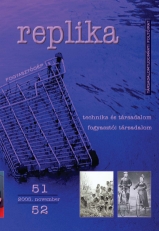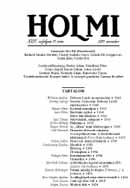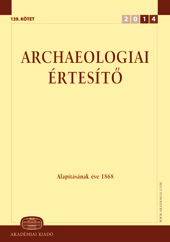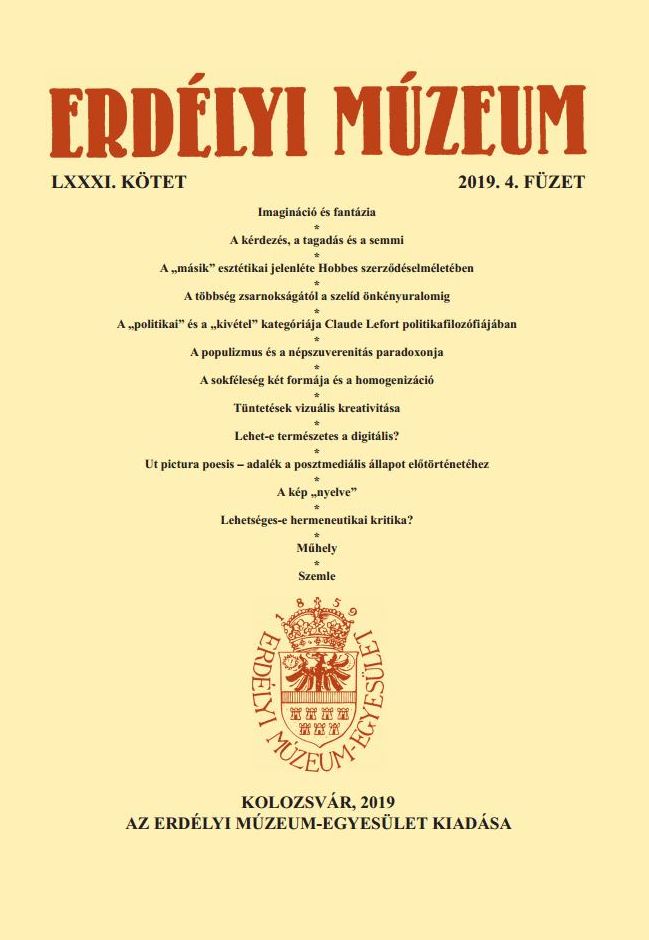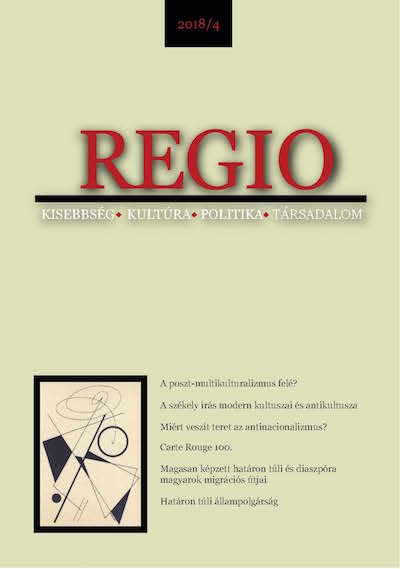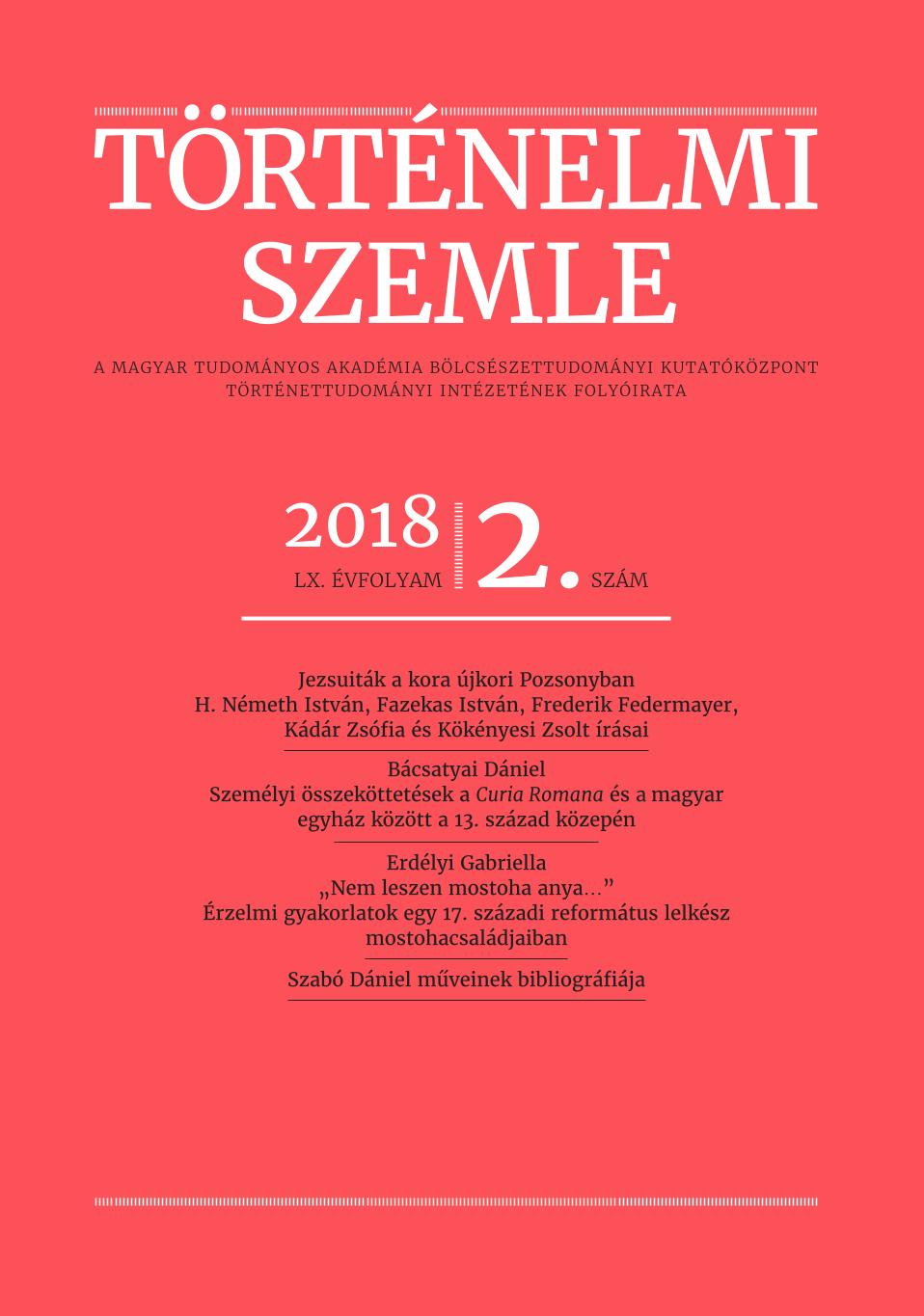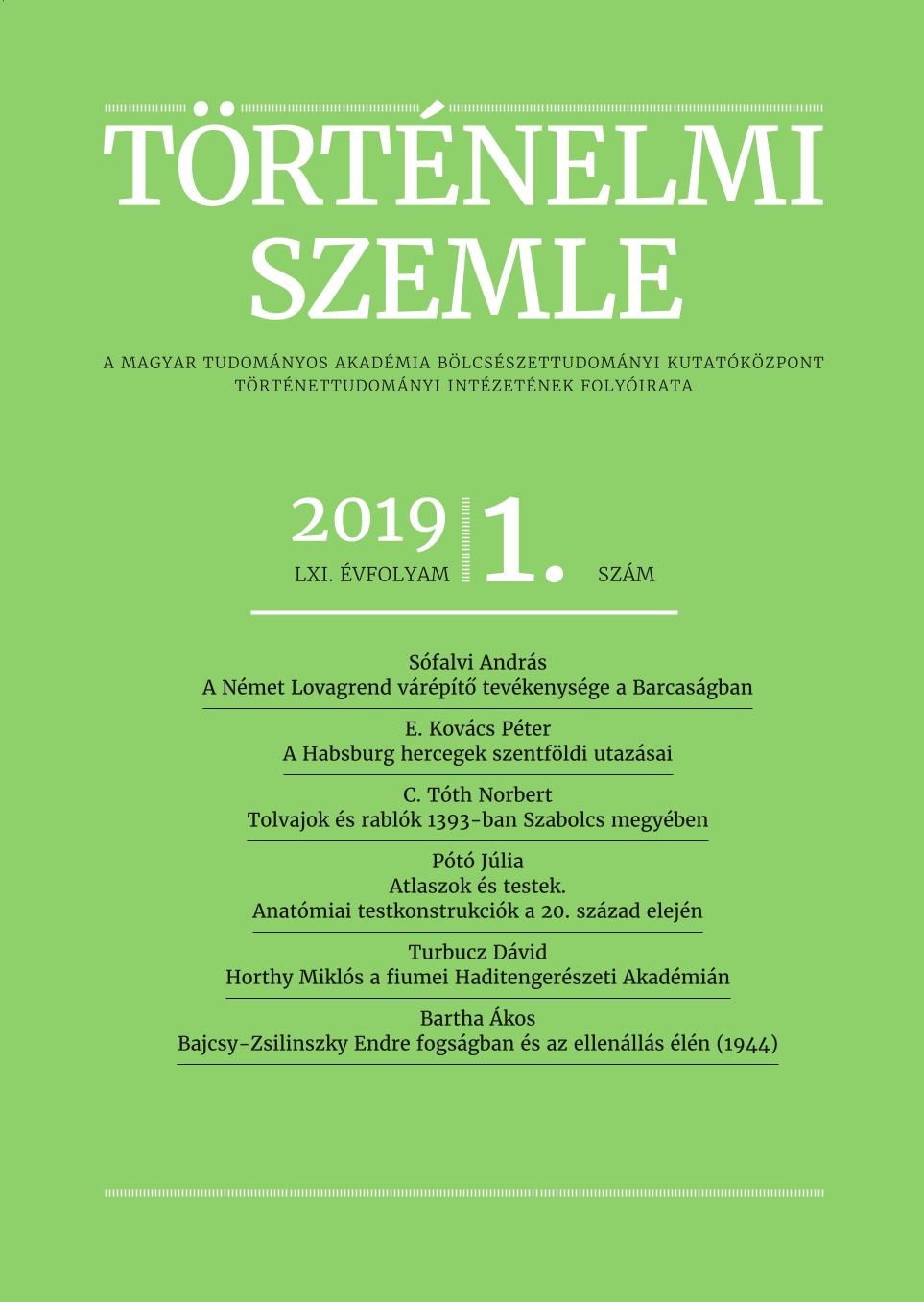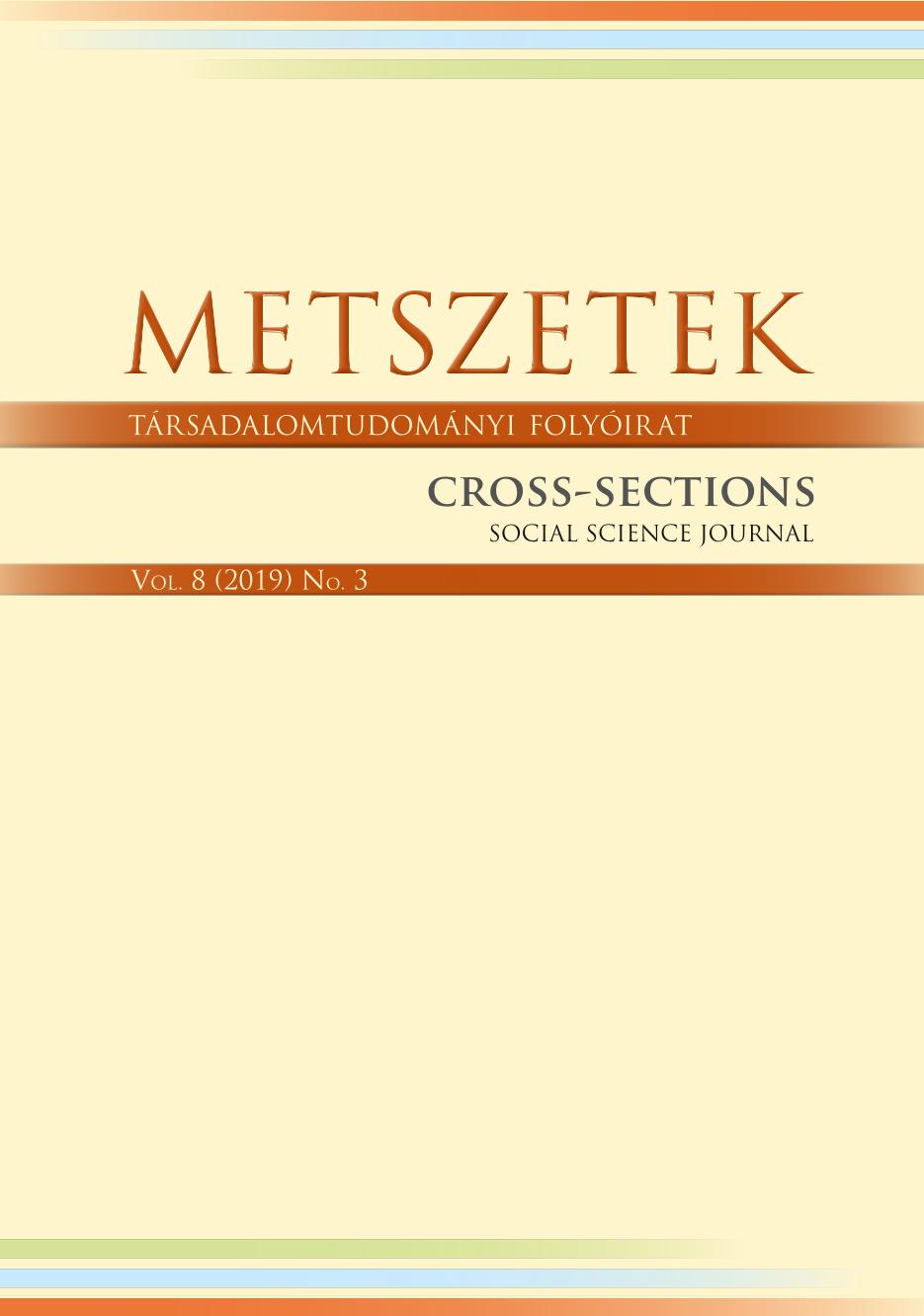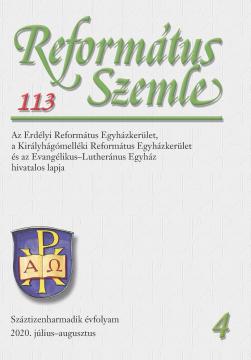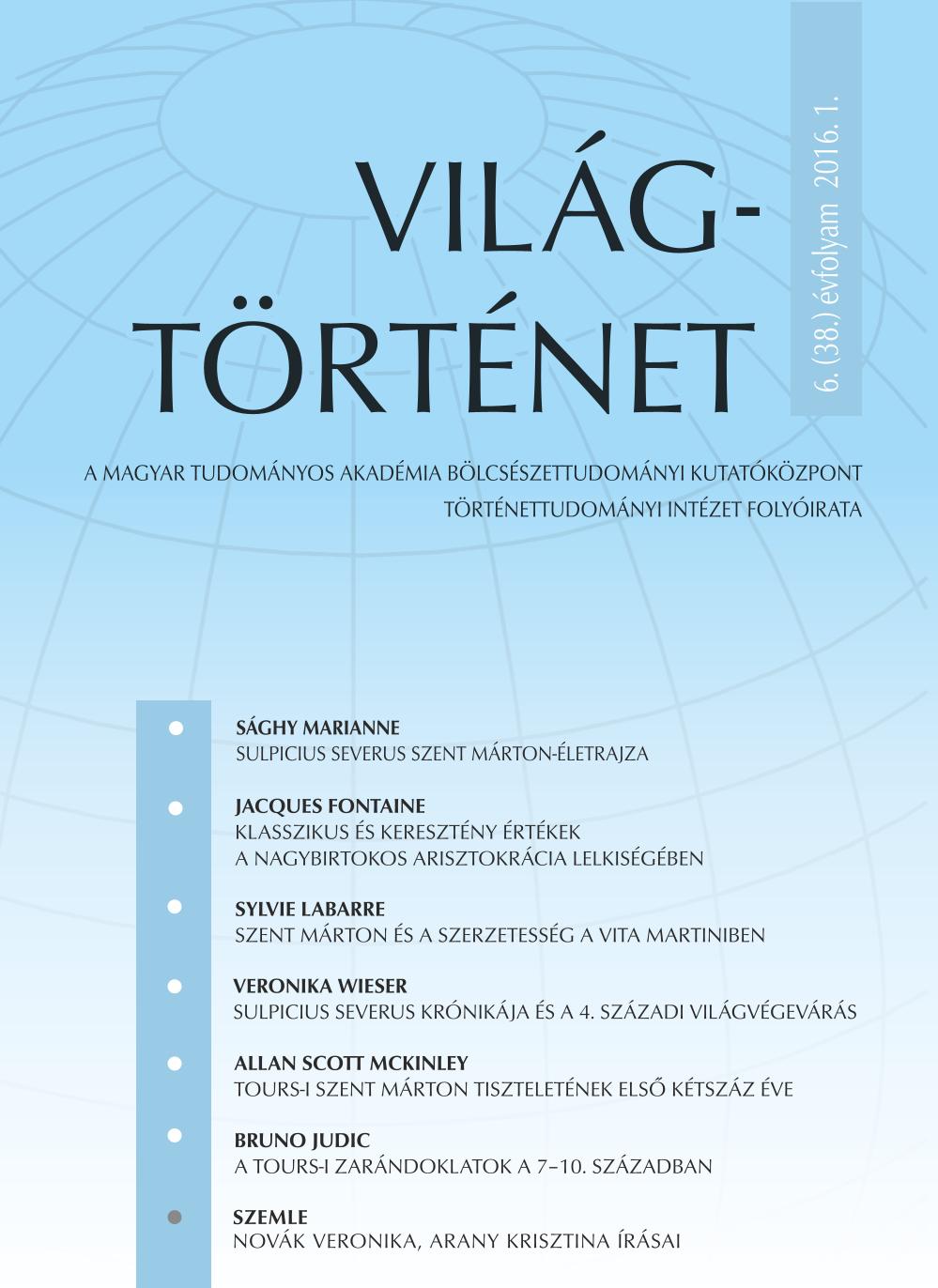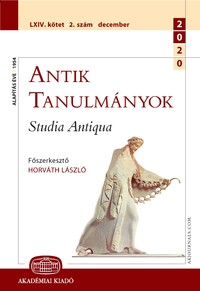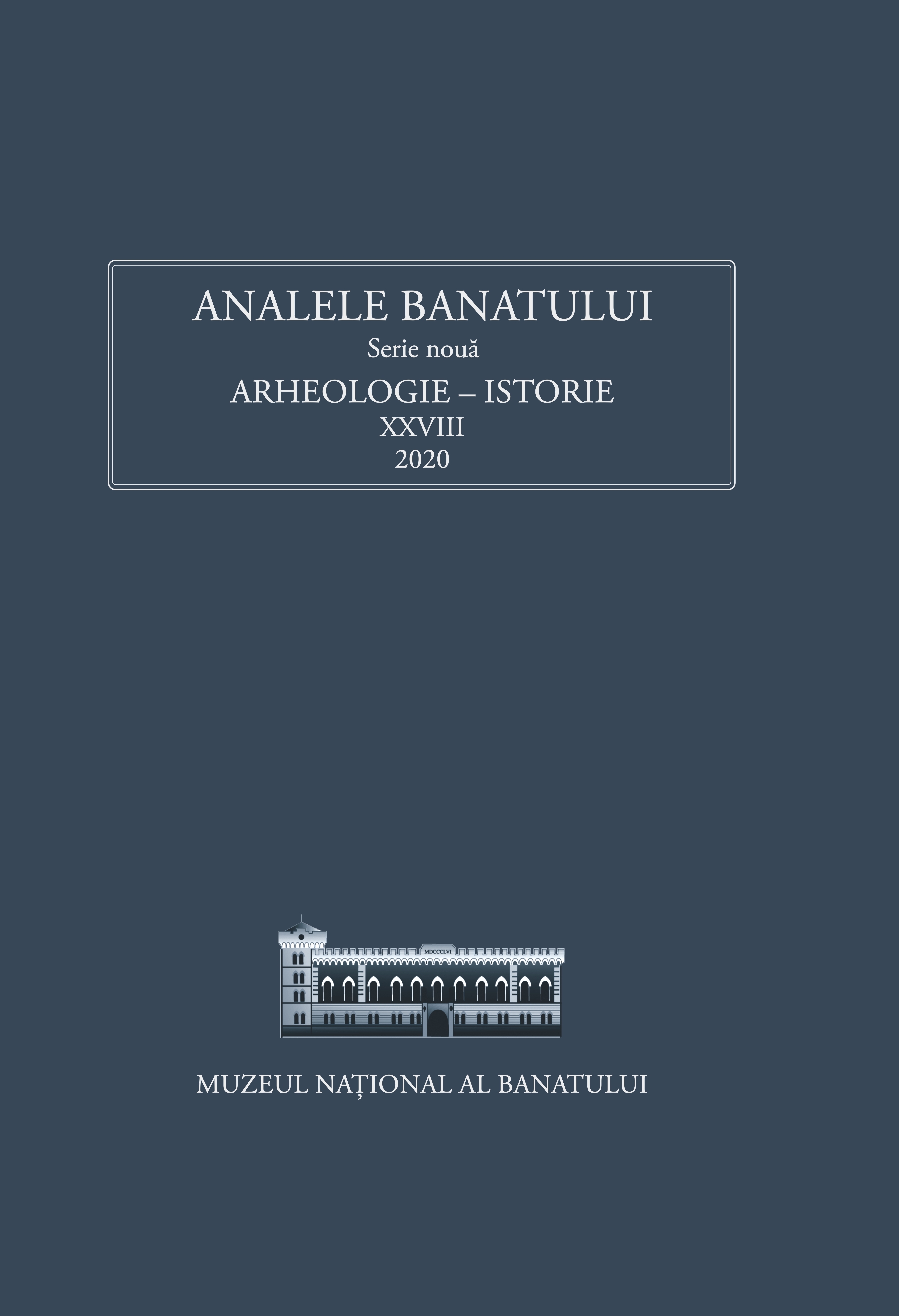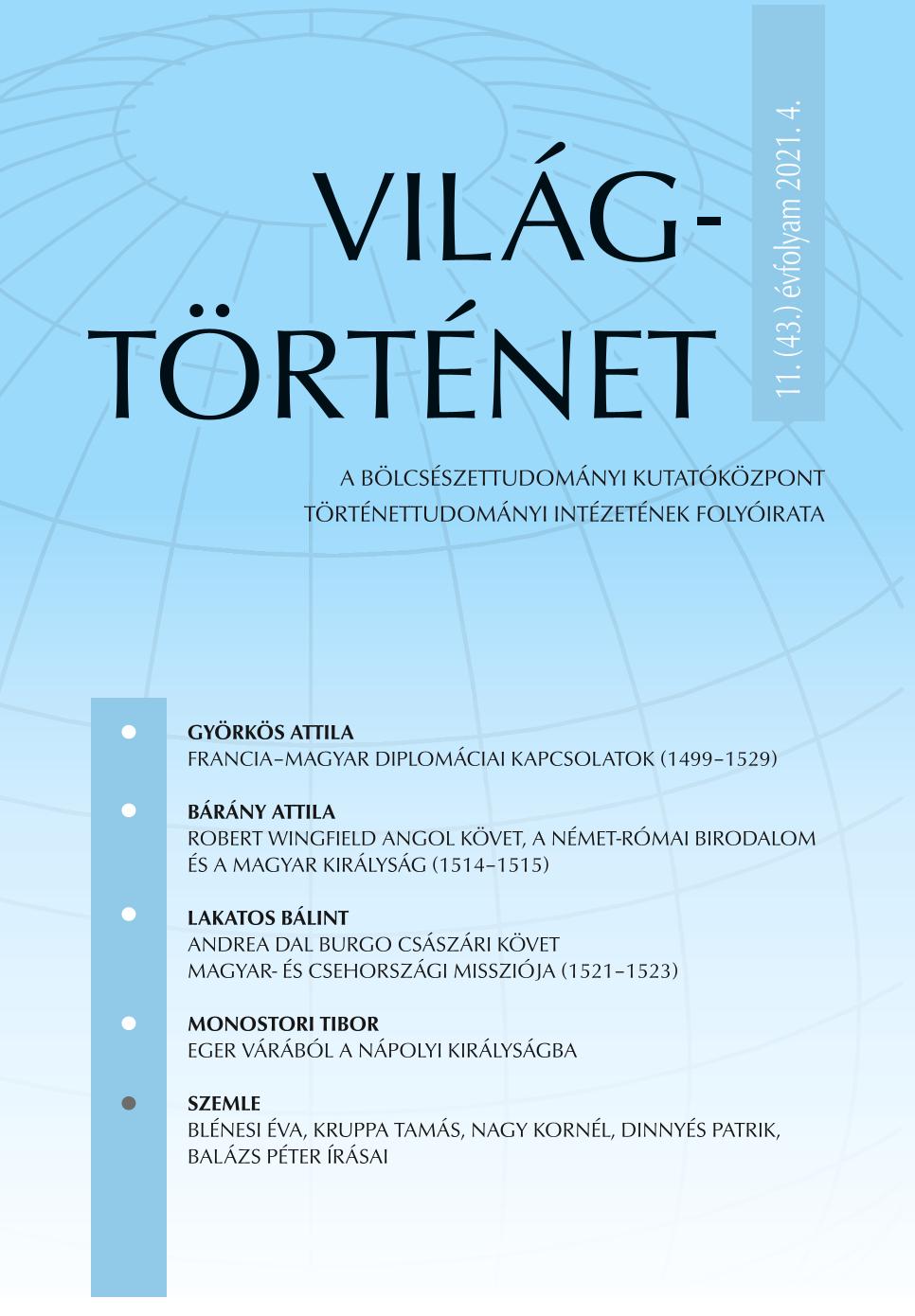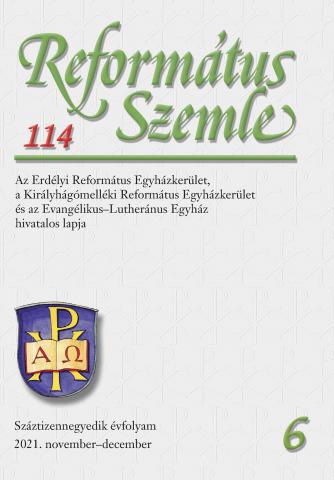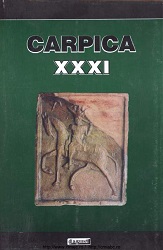Diary, visual autobiography, and Künstlerroman: Identity and privacy in the ’Juvenile Diary’ of Bertalan Székely
Napló, vizuális autobiográfia, Künstlerroman. Személyiség és személyesség Székely Bertalan „ifjúkori naplójában”
The article aims at reinterpreting the so-called “Juvenile Diary” of one of the greatest nineteenth-century Hungarian painters, Bertalan Székely, as an autobiographical construction. The diary has a very complex structure, originally consisting of isolated parts fulfilling different functions over the time. First, it served as a sketch-book (around 1855–56, see parts 1 and 2 in the diagram), later as a written painter’s book (1858–1861, see part 3, and 1861– 1866, see part 9). In the winter of 1861, Székely filled up the empty spaces in the diary with sketches made in the period 1855–1861 (see parts 4, 5, 6, 7 and 8). This heterogeneous structure of the “juvenile diary” puzzled many scholars, who could not reconcile the ‘impersonal’ methodological parts with the numerous ‘personal’ sketches. The article argues that the key to understanding the organization of the diary is offered by the function of the sketches added in 1861. Székely inserted them into the diary not only in a chronological order, but arranged them in order to retrospectively connect the isolated parts of the diary into a coherent “narrative” about the author’s origin, artistic development and events in private life.[...] Székely’s “diary” thus developed into a complex autobiographical construction consisting of visual and written parts covering the formative period between 1855–1866. During this time, Székely transited from a student to a young artist completing his training, and finally to a nationally and internationally known artist. In his private life, he matured, fulfilling the roles of a lover, a husband and a father. The diary suggestively documents these interrelated processes. It can be read—from the beginning up to the end—as a ‘narrative’ of his own life from his origins to his artistic maturity, recording his early artistic achievements at the Viennese academy, his sketching tours, his wanderings, the years spent in Munich, exchanges of thoughts and methods with other artists, and the story of his love.
More...
